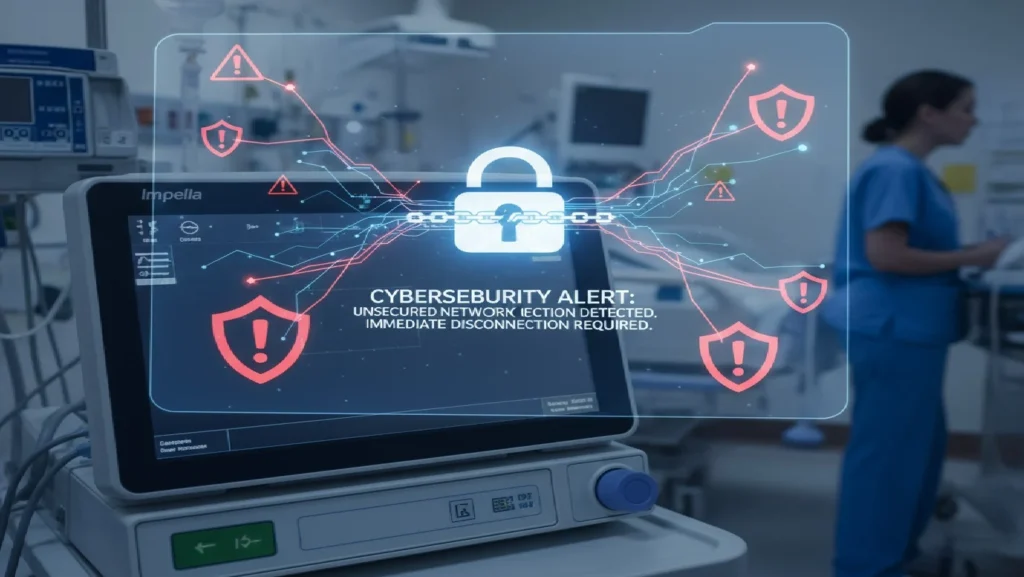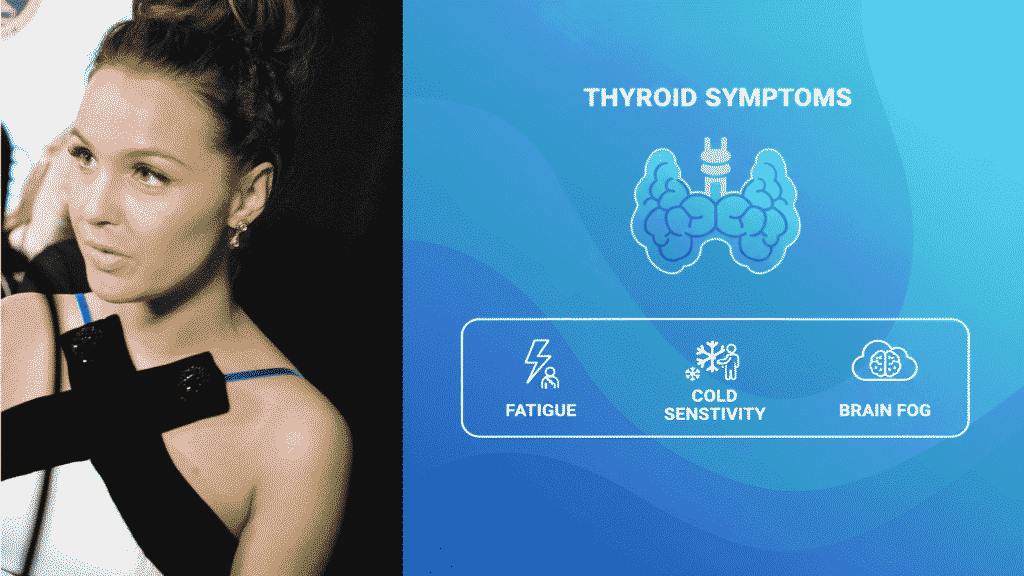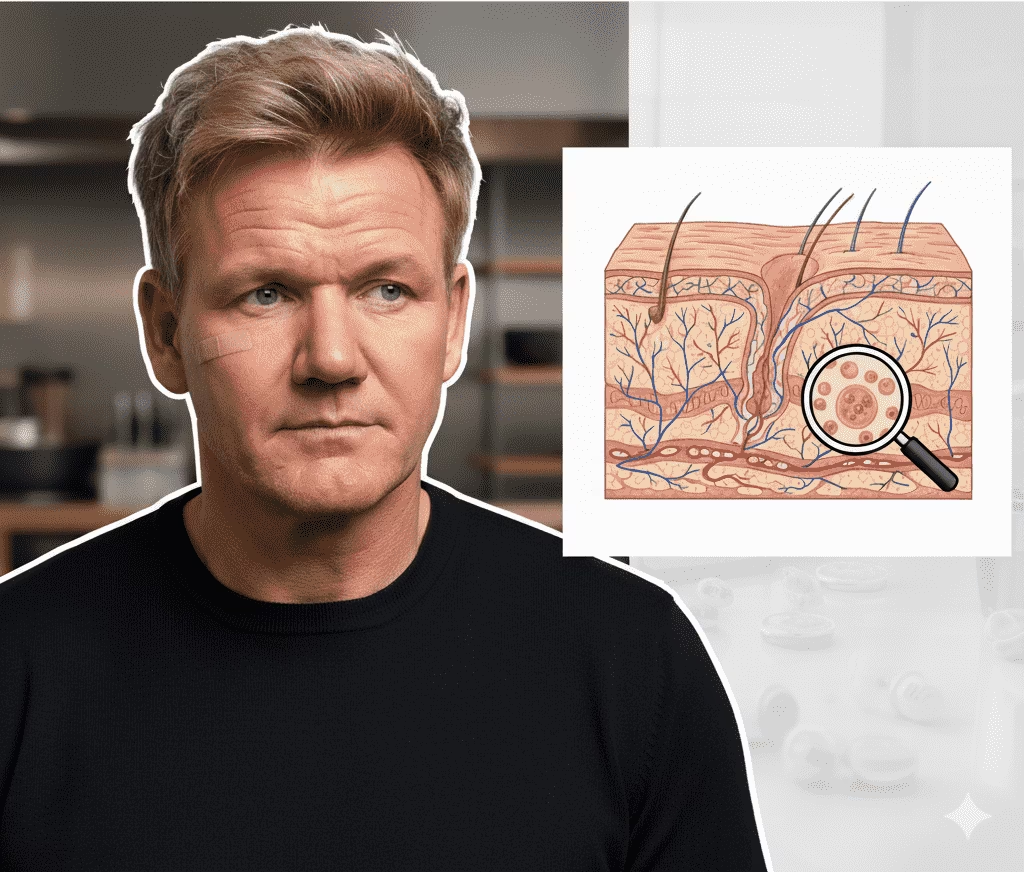In a major breakthrough for neurotechnology and patient care, UCLA researchers have unveiled a revolutionary non-invasive brain-computer interface (BCI) powered by artificial intelligence (AI). This wearable system dramatically improves the ability of both paralyzed and able-bodied individuals to control devices with their thoughts—without the need for risky brain surgery. The innovation is challenging the invasive implant approach pioneered by companies like Neuralink, offering a safer, more accessible path to enhanced mobility and independence.
What is a Non-Invasive Brain-Computer Interface?
Brain-computer interfaces establish a direct link between the brain and external devices, enabling users to control technology through neural activity. Traditional BCIs often rely on surgically implanted electrodes, which carry risks and high costs. The UCLA system, however, uses a wearable EEG cap to non-invasively record electrical brain signals. This makes advanced neural control technology more widely accessible and safer for daily use.
AI-Powered “Co-Pilot” Enhances Brain Signal Interpretation
Decoding signals from EEG devices is notoriously difficult due to noise and complexity. To overcome this, UCLA’s researchers developed an AI “co-pilot” that works in real-time to interpret neural signals alongside input from a vision-based AI system. This shared autonomy approach helps predict and refine user intent, allowing smoother and faster control of robotic arms, computers, and other assistive devices.
Clinical Trial Success Shows Dramatic Improvements
In the study published in Nature Machine Intelligence, participants completed tasks up to four times faster using the AI co-pilot-enhanced BCI compared to previous non-invasive systems. A paralyzed participant was able to perform sophisticated robotic arm movements that were previously unachievable with non-surgical technology. These results highlight the system’s promise to drastically elevate quality of life, patient independence, and rehabilitation outcomes.
How UCLA’s Approach Compares to Neuralink
Neuralink’s implantable brain devices aim for direct neural recording inside the brain, offering very high fidelity but requiring brain surgery. UCLA’s wearable, non-invasive BCI sidesteps surgical risks entirely, making it safer and potentially suitable for much broader patient populations. While Neuralink may excel in some technical aspects, UCLA’s system paves the way for practical, everyday use with fewer barriers.
What This Means for Patients and Healthcare
This breakthrough may accelerate the adoption of wearable neurotechnologies in healthcare, enabling better motor assistance for those with paralysis, stroke, or neurodegenerative diseases without the risk of Invasive Brain Surgery. It also opens fresh opportunities for able-bodied users to interact with smart devices more intuitively. By bridging brain and machine in an accessible, AI-enhanced way, UCLA’s innovation stands to redefine patient care and rehabilitation.
Watch It in Action
See the transformative power of UCLA’s AI co-pilot BCI in this demonstration where a participant controls a robotic arm using thought, with AI assistance for precision and speed.
Looking Ahead
Further research aims to expand the AI co-pilot’s capabilities in object manipulation and environmental interaction, creating even more seamless human-machine partnerships. The UCLA team is also exploring commercial products to bring this technology from lab to home, helping millions regain control and independence safely and effectively.
This new non-invasive brain-computer interface marks a significant advancement in health technology, patient mobility, and assistive robotics, challengingly redefining what is possible without surgery. It represents a hopeful step forward in empowering people through next-generation AI and neurotechnology.




















